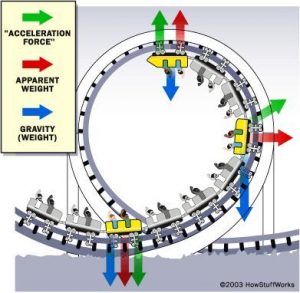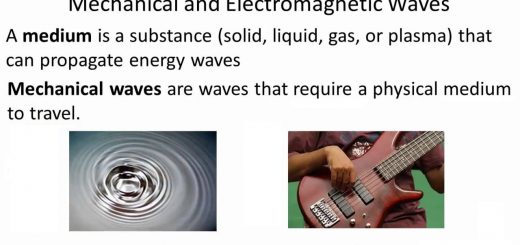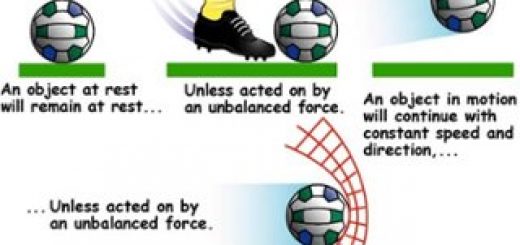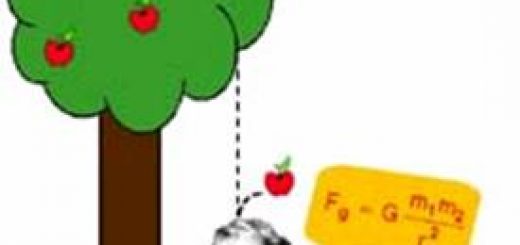Laws of Circular motion & Types of centripetal force
Circular motion is considered one of the most important movement in the universe such as Motion of the Earth around the Sun , Motion of the Moon around the Earth , according to Newton’s Second Law , When a force acts on a body moving at uniform velocity , it acquires acceleration .
Principle of circular motion
If the direction of the acting force is in the same direction of motion , The velocity of the moving object increases , the direction of motion does not change .
Example : when the motorcyclist pumps more fuel , the motorbike is acted upon by a force in the same direction of motion and accelerates or increases velocity .
If the direction of the acting force is opposite to the direction of motion , The velocity of the moving object decreases , The direction of motion does not change .
Example : When the motorcyclist applies the brakes , the motorbike is acted upon by a force opposite to the direction of motion and decelerates or decreases velocity .
If the direction of the acting force is perpendicular to the direction of motion , The velocity of the moving object remains unchanged , the direction of motion changes .
Example : When the motorcyclist leans his body to right or to left , a force is produced normal to the direction of motion causing a change in the direction of motion so that the motorbike moves in a circular path .
For an object to move in a uniform circular motion , it must be affected by a force perpendicular to its path towards the circle center which is called the centripetal force .
Uniform circular motion is the motion of body in a circular path at a constant speed and changeable direction , Centripetal force is the force acting continuously in a direction normal to the motion of a body , changing its straight path into a circular path .
Types of centripetal force
The centripetal force is the force that acts continuously perpendicular to the path of a moving body , causing it to move in a circular path , From these forces :
Tension force ( FT )
When pulling a body by a string or a wire , a tension force is originated , If this tension force is normal to the direction of motion of a body moving at constant velocity , this force causes the body to move in a circular path , This means that the tension force may behave as a centripetal force .
Gravitational force ( FG )
An attractive force exists between the Sun and the Earth in a direction perpendicular to the path of the Earth , This force causes the Earth to move in a circular path around the Sun , This means that the gravitational force may behave as a centripetal force .
Friction Force ( Ff )
When a car turns in a circular path or a curve , a friction force between the road and the car tyres is originated , This force acts normally to the direction of the car motion towards the center of the circle causing the car to move in a curved path , This means that the friction force may behave as a centripetal force .
Reaction force ( FN )
When a car moves in a circular path that is inclined to the horizontal , It is affected by a number of forces :
The reaction force : that always acts normally to the car , Resolving this reaction into two components , the horizontal component acts towards the center of the circle and helps the car to move in a curved path .
The friction force : Its horizontal component also acts towards the center of the circle and helps the car to move in a curved path .
This means that the centripetal force is the sum of the two components one of the reaction force and the other of the friction force towards the center of rotation .
Lifting force ( FL )
The lifting force acts normally to the aeroplane body , When the aeroplane tilts , the horizontal components acts normally to the plane motion towards the center of the circle causing the plane to turn in a curve , This means that the horizontal component of the lifting force on an aeroplane acts as a centripetal force .




